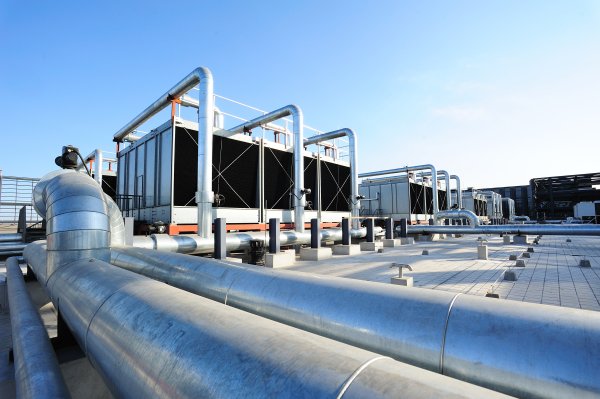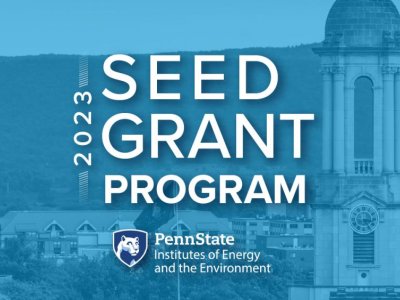
Elastocaloric cooling is an emerging refrigeration mechanism that offers an alternative to environmentally harmful vapor-compression technology and other energy-insufficient technologies. It potentially can provide one of the largest opportunities for energy savings among all non-vapor-compression technologies, with beneficial environmental impact and zero carbon emissions towards future urban high-performance building systems. In 2017, the U. S. Department of Energy published an assessment of heating, ventilation, and air- conditioning (HVAC) systems by screening over 300 technology solutions and revealed elastocaloric effects (E- CEs) cooling as one of the most promising caloric solutions with 0.41 Quads/yr. against 0.26 Quads/yr. of electrocalorics and 0.21 Quads/yr. of magnetocalorics. Base materials for E-CEs are pseudoelastic shape memory alloys (SMAs) that exhibit a large latent heat due to stress-induced phase transformation, good thermal conductivity, and long-term fatigue resistance. In this program, we propose a multilayer elastocaloric system using SMAs materials fabricated by additive manufacturing integrating with dynamic modeling and design on the system level.
The team led by Wenjie Li will devote to SMAs providing large latent heat, low mechanical hysteresis, and compatible phase transition temperatures. The design will be conducted with variable working temperature windows for a large temperature span response of E-CEs cooling. And SMAs will be conducted by additive manufacturing (AM) and deploy them into a miniature cooling device for demonstration. In parallel, the team will develop an accompanying simulation model that captures its system-level performance as a function of key design parameters.
The team consists of students, postdoctoral fellows, and early-career faculties utilizing their expertise spans materials science, additive manufacturing, thermal management device engineering, and system-level optimization. The new collaboration will produce promising preliminary research results to support subsequent proposals for external funding and will train both undergraduate and graduate students to conduct multidisciplinary research in sustainable engineering.












